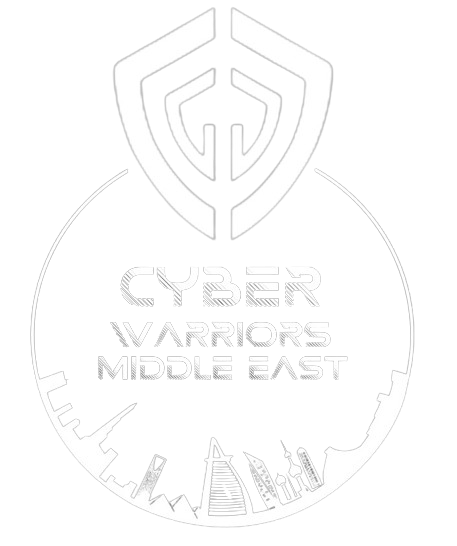Heading for the <div>
<h1>Critical Security Vulnerability Identified in Medixant’s RadiAnt DICOM Viewer</h1>
<div><h1>Critical Security Vulnerability Identified in Medixant’s RadiAnt DICOM Viewer</h1>New Cybersecurity Flaw Raises Alarms in Healthcare Sector
A concerning cybersecurity vulnerability has emerged in Medixant’s RadiAnt DICOM Viewer, a widely used medical imaging tool. Trackable as CVE-2025-1001, this flaw is linked to improper certificate validation, raising significant alarm bells in the healthcare community due to potential risks for patient data safety and system integrity.
Identified in version 2024.02 of the software, the vulnerability stems from the update mechanism’s failure to authenticate the update server’s certificate. This weakness could open the door to machine-in-the-middle (MITM) attacks, allowing malicious actors to inject harmful updates into the system. With a CVSS score of 5.7, it is categorized as a medium-level threat, but user interaction is necessary for exploitation, complicating the attack process.
The implications of this vulnerability are far-reaching. RadiAnt DICOM Viewer plays a crucial role in handling sensitive medical information, making its security paramount. An exploit could lead to unauthorized access to patient data and potentially disrupt vital healthcare services.
Following responsible disclosure by researcher Sharon Brizinov of Claroty’s Team82, the Cybersecurity and Infrastructure Security Agency (CISA) has issued an advisory detailing the risk and recommending immediate updates to RadiAnt DICOM Viewer (now updated to v2025.1). Users unable to upgrade right away are advised to take temporary measures such as disabling update notifications and avoiding manual update checks.
CISA also urges organizations to bolster their cybersecurity practices by restricting network exposure and employing firewalls. As the healthcare sector becomes increasingly reliant on technology, the need for robust cybersecurity systems has never been greater. The incident serves as a stark reminder for healthcare organizations to remain vigilant and proactive against emerging threats.



